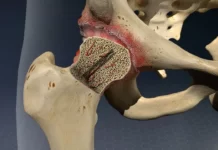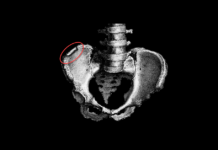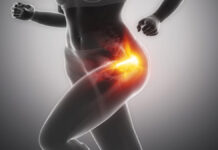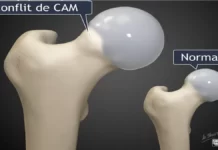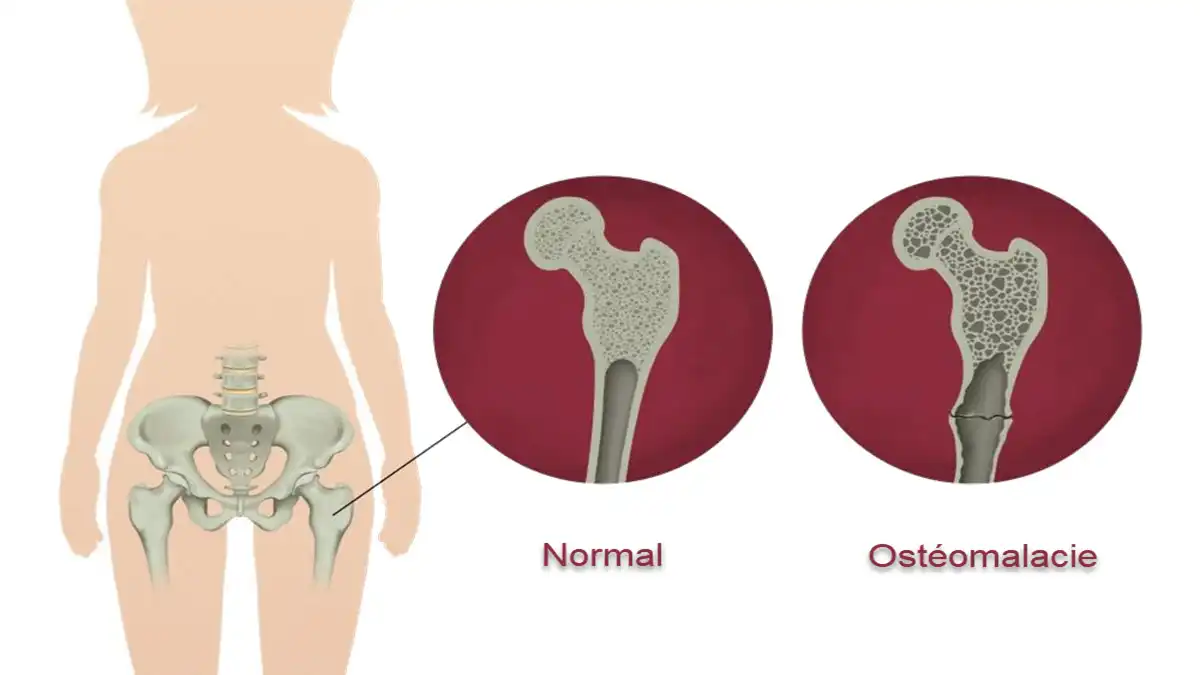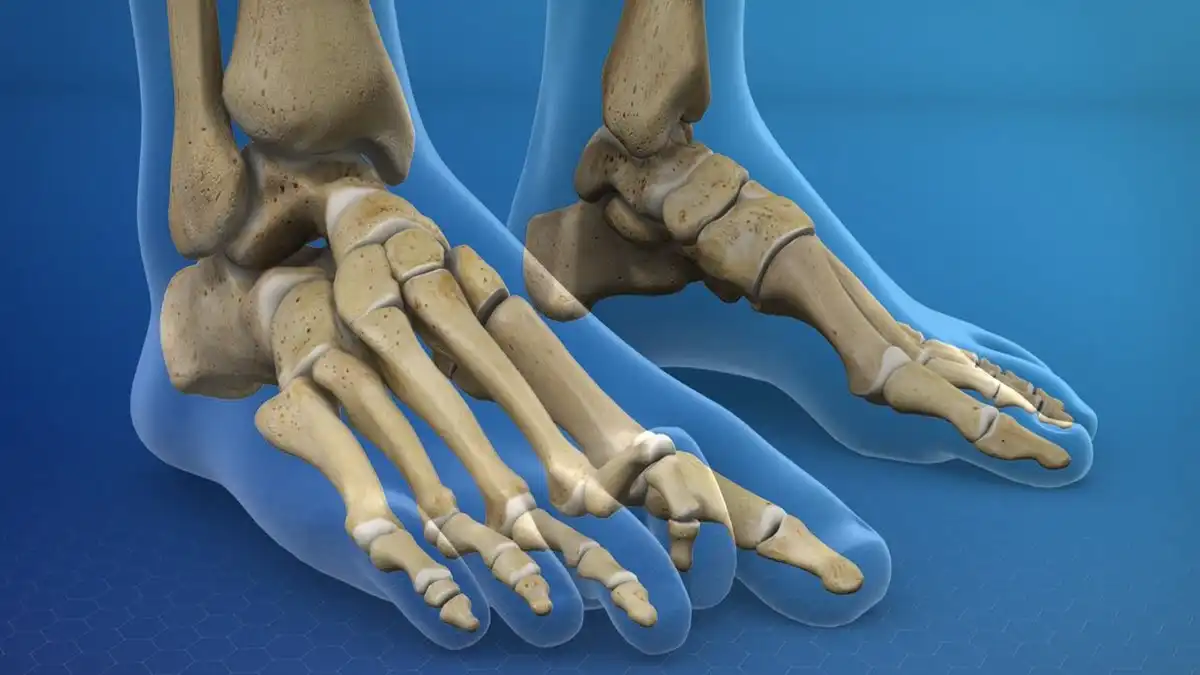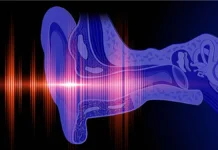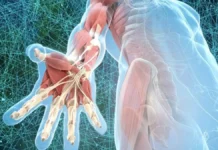The angle of inclination of the femoral neck is the angle of the femoral neck with respect to the diaphysis of the femur in the frontal plane. This angle is about 125°
At birth, this angle is about 20° to 25° greater and gradually decreases until she is able to stand.
This angle is greatest at birth and it decreases as the person matures and adopts stance positions. The angle is also thought to continue to reduce by about 5° during the later years of adulthood.
The angle of inclination is important because it determines:
- The effectiveness of hip abductors,
- Leg length
- The forces imposed on the hip joint.
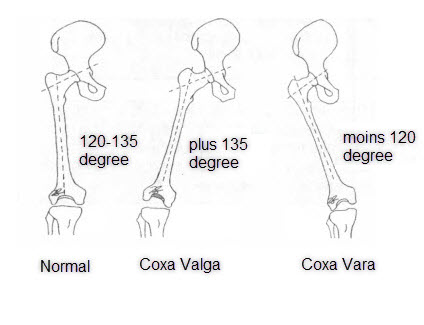
Coxa valga
- An angle of inclination greater than 125°
- The leg will be longer
- Reduced effectiveness of hip abductors
- Increases the load on the femoral head
- Reduces strain on the femoral neck.
coxa vara
- An angle of inclination of less than 125°
- The leg will be shortened.
- Increased efficiency of hip abductors
- Reduces the load on the femoral head
- Increases stress on the femoral neck.
- The normal apposition between the articular surfaces is lost.
- The trochanter is displaced upward, impinging on the side of the pelvis.
- Waddling gait.




